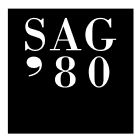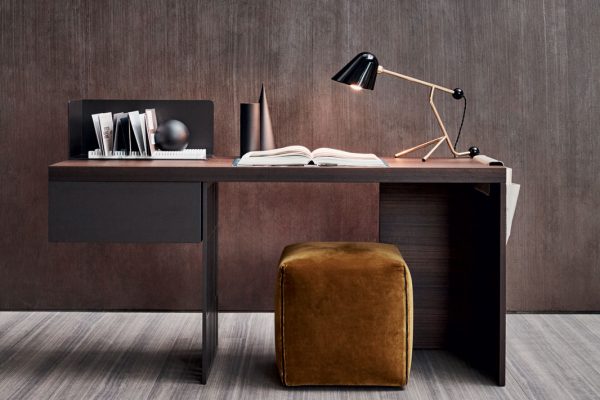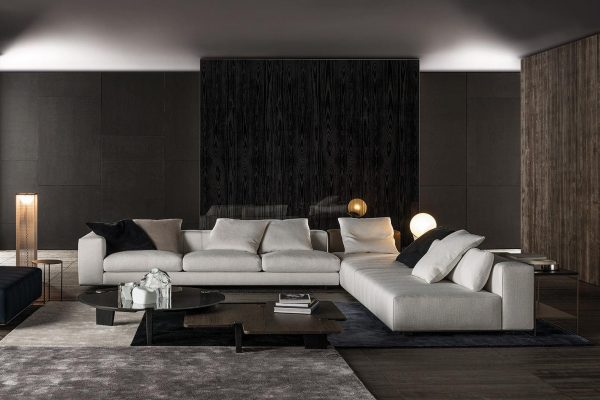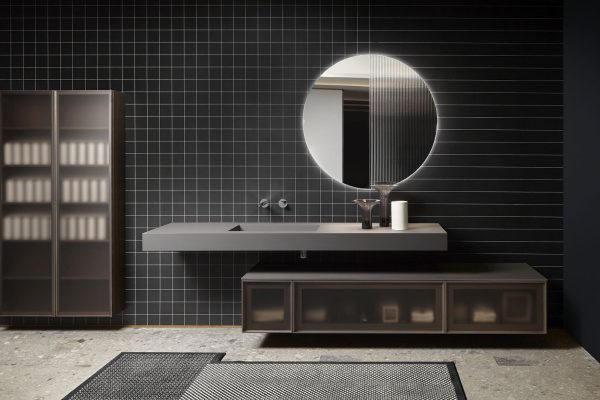From Stefan Sagmeister’s pursuit of happiness to the rediscovery of the real Ettore Sottsass
The MDFF (Milano Design Film Festival) has reached its fifth edition this year, bringing to the city of Milan another important event related to the world of design and its relationship with film art. Relationship that, while at first glance may not seem the most straightforward, in fact hides a great deal of common ground: suffice it to say that most of the designers state that if they had to do another job, it would be as a director. And some filmmakers have become filmmakers for real, such as Austrian graphic designer Stefan Sagmeister, with whose film (The happy film) the festival opened, because, as Sagmeister himself says, “making a film about happiness is like making a film about life,” and the Design Film Festival is entirely dedicated to the lives, both of the great masters of design and of the products they created.
The link that makes these two arts (film and design) interact closely is all about the world of observation: knowing how to observe things from a certain perspective, finding and imagining right shots on objects, predicting what the visual sensations on a given environment will be, are all qualities that closely unite these works. As Patricia Urquiola, Guest curator of the 2017 edition along with her colleague and partner Alberto Zontone (with whom she shares a great passion for cinema, which often brings them to a screening room at 10:30 in the evening to “relieve the stress of the day”) says at the opening night, just as in the world of filming so “also in the world of design somehow you are always relating to objects and mute through them.” At this edition, Urquiola and Zontone ensured an extensive search for the most interesting films related to design, which have often never been screened in Italy; says the Guest curator “the choice of films fell on films related to us in various ways: both in terms of characters very close to us and in terms of themes, especially that of travel, which characterizes our lives.”
It is often through the perhaps amateur footage made by designers that a clear index reading can be gleaned that gives a new perspective to their entire production. This is the case, for example, with Franco Albini, whose passion for filming was brilliantly expressed in the documentary film Franco Albini: A Light Look. This documentary shows original footage that Albini took during his travels: bridges, buildings, ruins-everything that struck him was stored inside a film. One immediately notices, even without having any special knowledge of cinematography, that his filming is done without following any outline, any preliminary plan (which is always done even in the most amateurish filming, the film’s editor jokingly points out). This kind of footage is a unique piece of evidence that gives us the designer’s very way of looking: a proof of his mental freedom that takes him from seeing without patterns on objects to creating masterpieces.
Thus from the footage of the Golden Gate Bridge, which Albini enjoyed observing in many different perspectives, came the design of the Veliero bookcase, recently revived by Cassina in 2011 modeled after his original designs. The unique Veliero bookcase plays on juxtapositions of empty and full, air and light-the sensations that observing the Golden Gate brought back to the designer’s mind.
Interesting is the point of view of Oliviero Toscani, a master of cinematography who knew Albini, who says that Albini “filmed and photographed what he already knew,” in fact, it is not clear whether the footage he took came before or after his drawings, i.e.: either he was taking shapes he had already drawn and they reminded him of his work, or he was drawing inspired by his footage, as Olivetti says “great artists steal, others copy.”
Drawing for Albini was everything, “things are discovered by drawing them,” he said. He often designed entire blocks of iconic and traditional forms, from the architectural perfection of Greek temples, to the traditional berger armchair, from whose lines Arflex’s modern Fiorenza armchair was born.
Another great lover of drawing and especially color was Ettore Sottsass, whose documentary The Sottsass Train aspires to show the complex creative universe of the great master of design. The title takes its name from a quote by the designer himself who, speaking of himself, says “my life is a kind of train without stations,” an image that renders very well the creative vivacity and tireless will to work of one of the most influential designers of modernity. One of the most innovative elements that characterize his entire production is the use of colors (suffice it to say that he created from scratch a catalog with new categories of colors): a world of unprecedented colors and materials, a new aesthetic and a new ethic are the legacies that Sottsass gives to the world of design.
As he tells it, his passion for colors comes from the mountain world in which he was born and raised, a world made up of very strong sensory elements: bright colors, intense smells, diverse tactile experiences. All these are elements that Sottsass tries to reproduce in his objects and that make his production unique in the world of design.
It is precisely his color revolution that is the basis of the Memphis Group (founded by Sottsass in Milan on December 11, 1980), a group of about 20 designers who freely take inspiration from art Deco, Bauhause and Pop Art. The period associated with the Memphis project is one of Sottsass’s most creative, so much so that numerous objects created during this period can be found in design museums around the world and will forever remain an emblem of the designer’s entire output; one example for all is the very famous Casablanca cabinet, preserved at the Brooklyn Museum.
But, as mentioned, not only does he change the aesthetics of modern design, but for the first time he introduces an ethical element to his work: Sottsass wants to know each person he designs for. Dinners, meetings, outings…he has to know what his client’s needs and personality are; he says “architecture should be made to inhabit, to protect people from the unknown of existence. I always try to get to know the people I design for, to understand what dress to sew around them.”
This is Ettore Sottsass, a dogged worker, a man attentive to society’s needs and a boundless innovator, and also an extremely humble man when you consider that in his last interview, now an old man and at the end of a career of international scope, he says, “They tell me that when I was born my father put a pencil in my hand because he wanted me to become an architect. And maybe he almost succeeded.”



